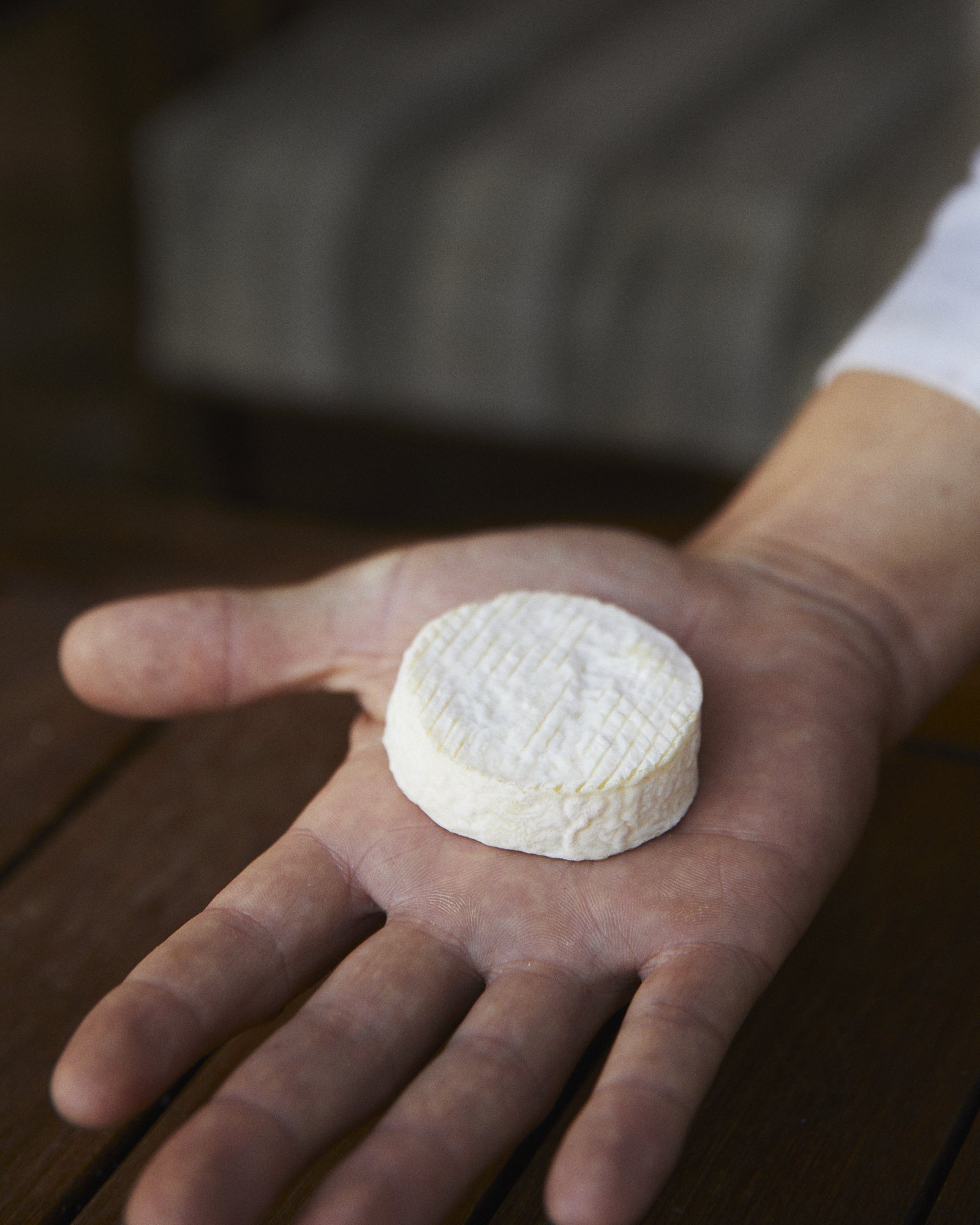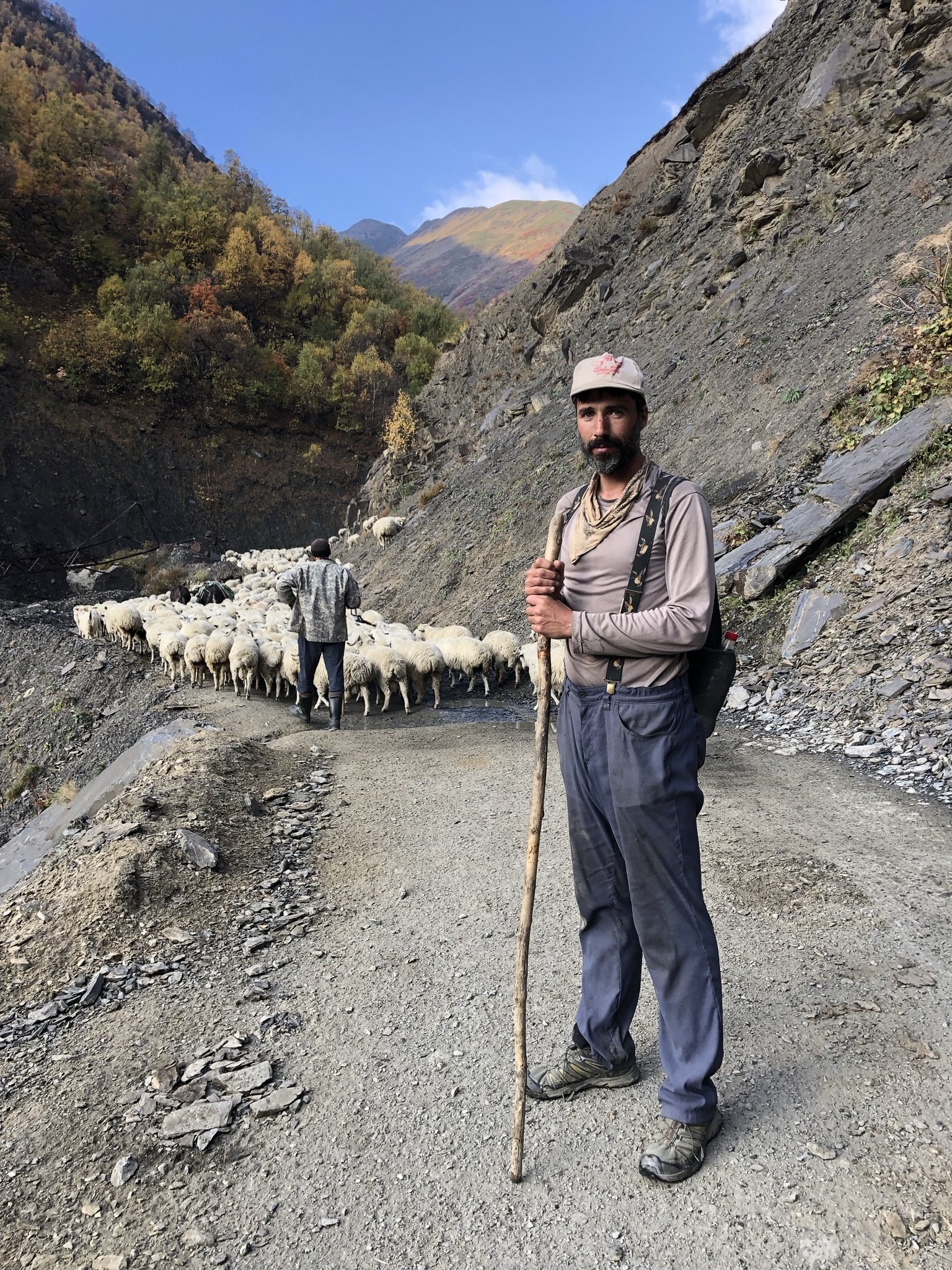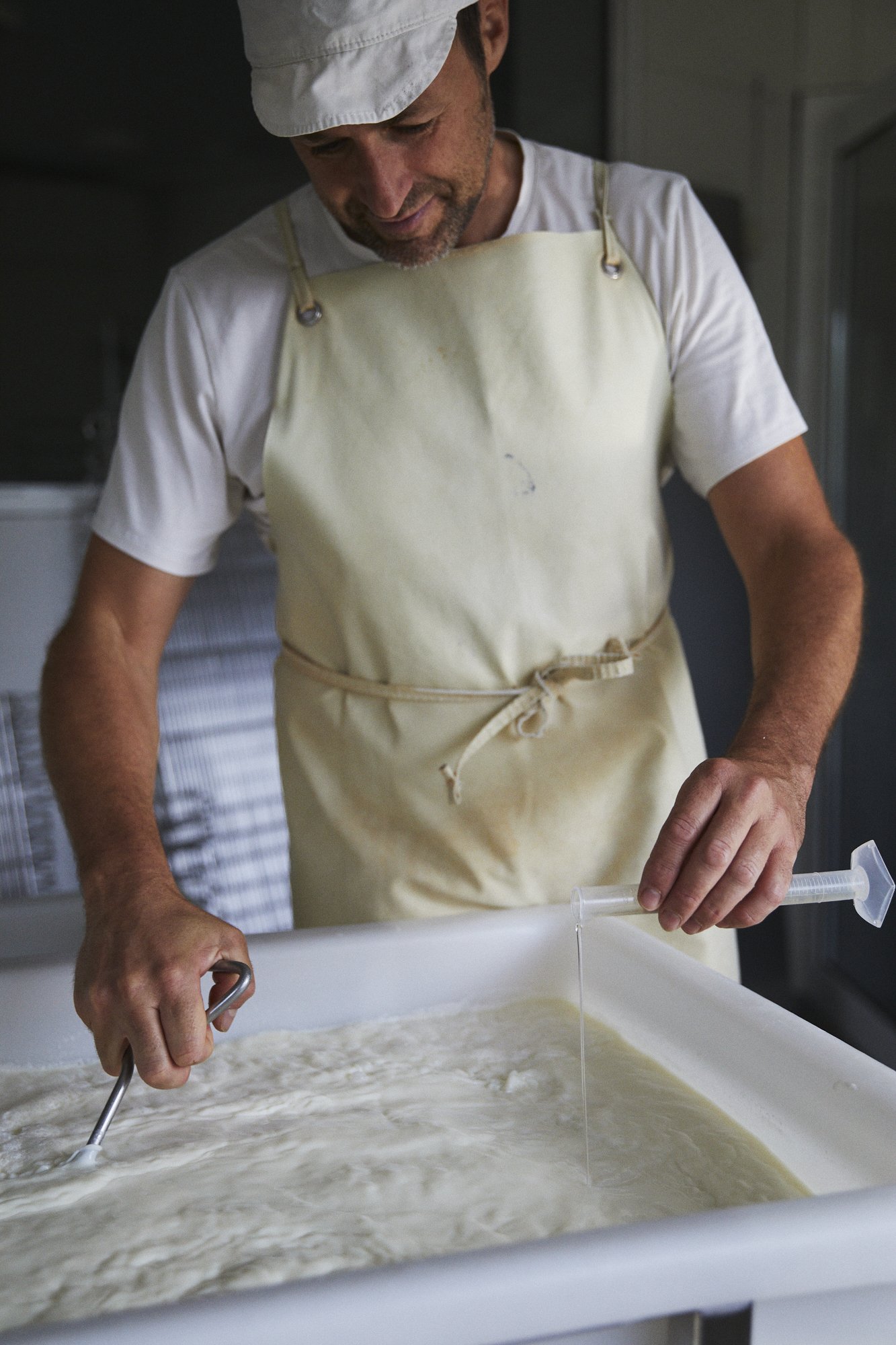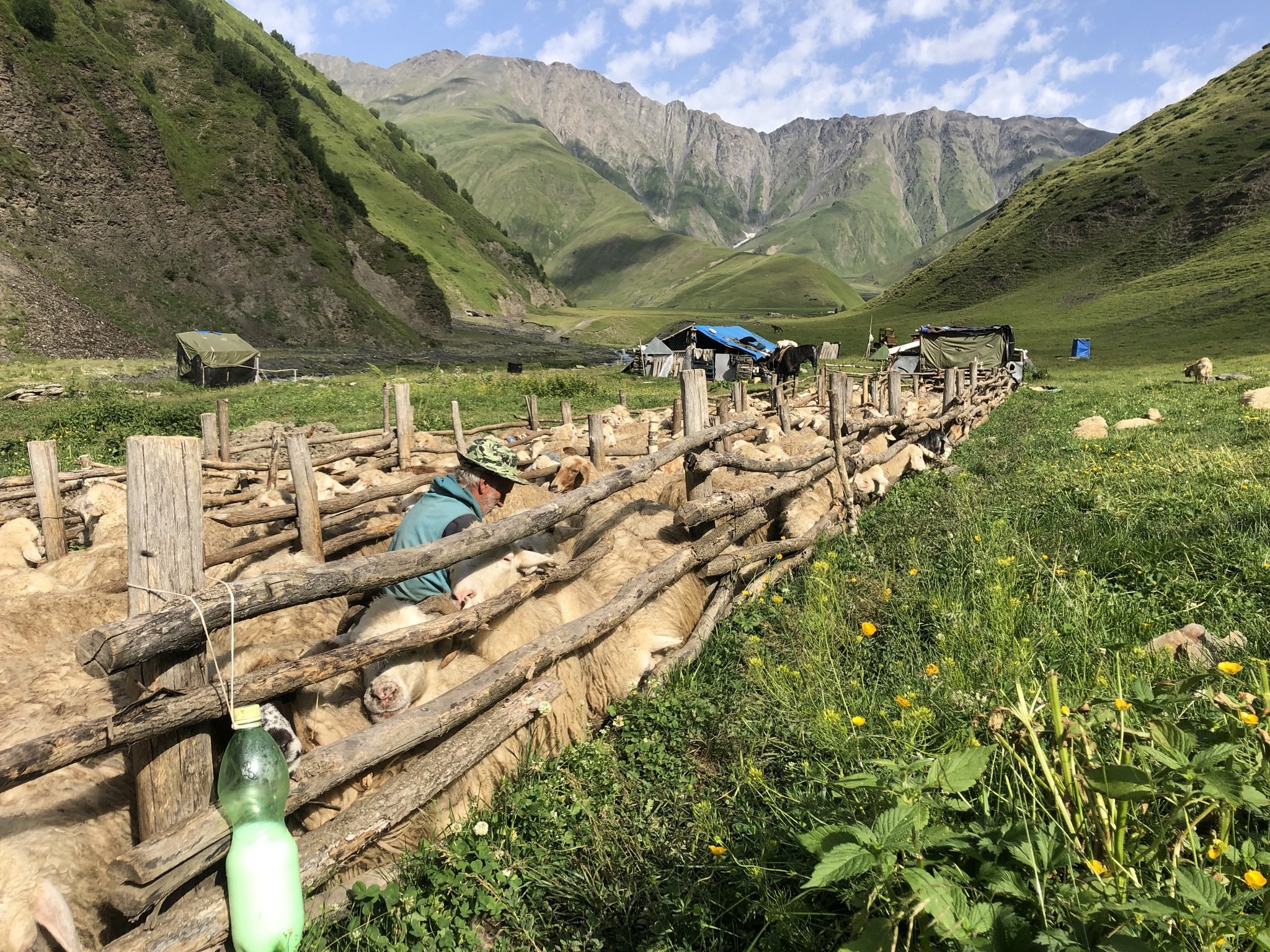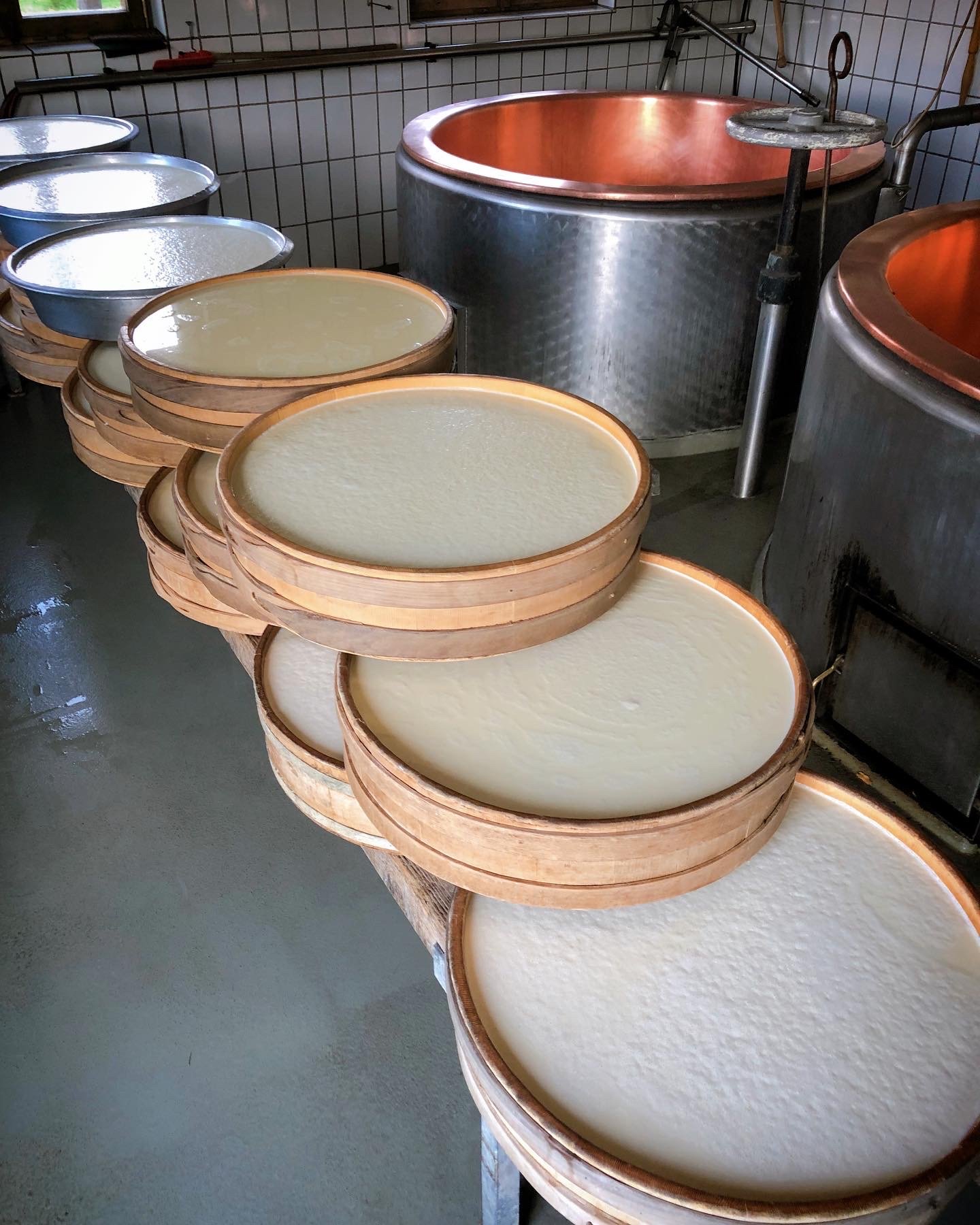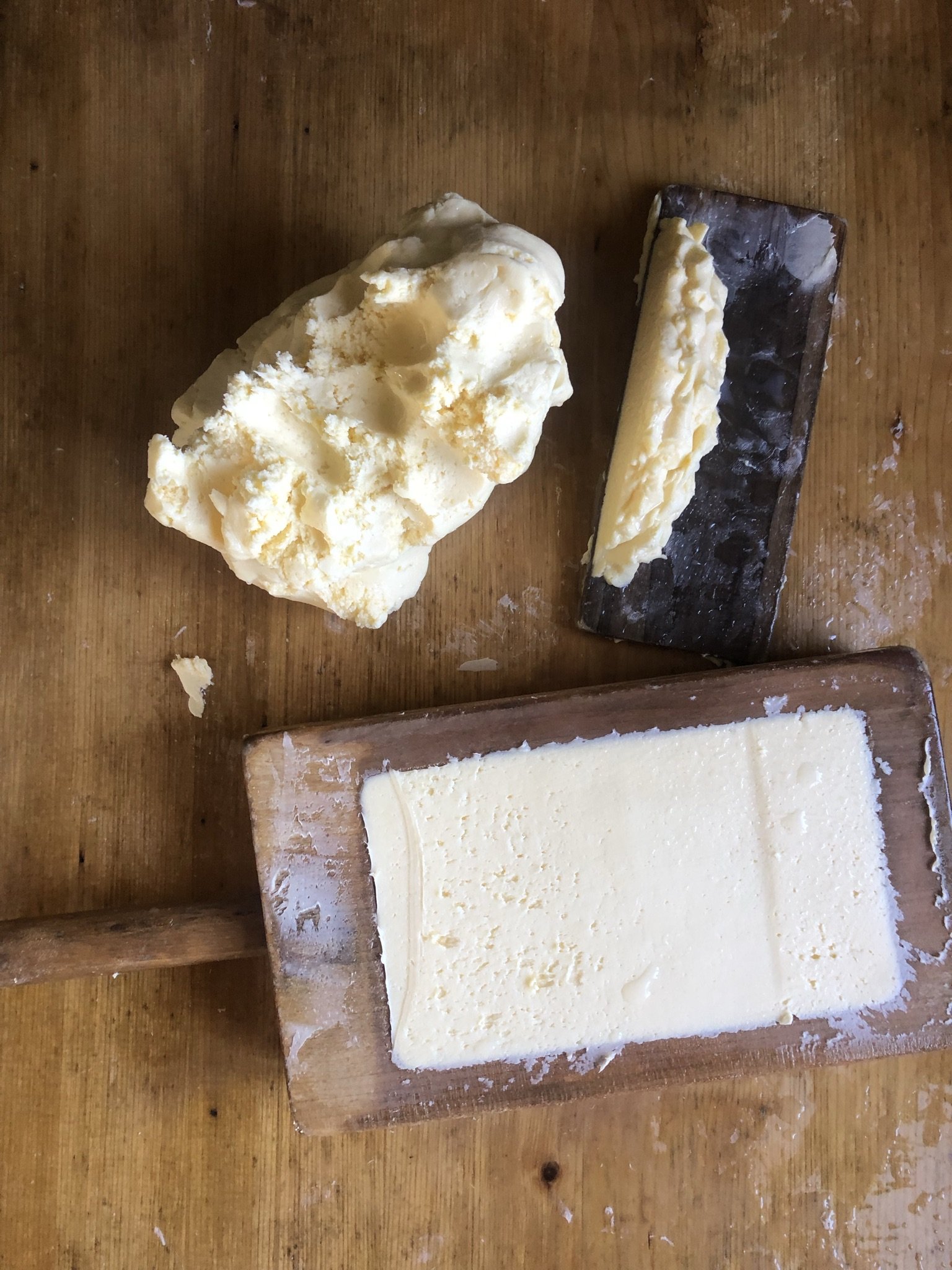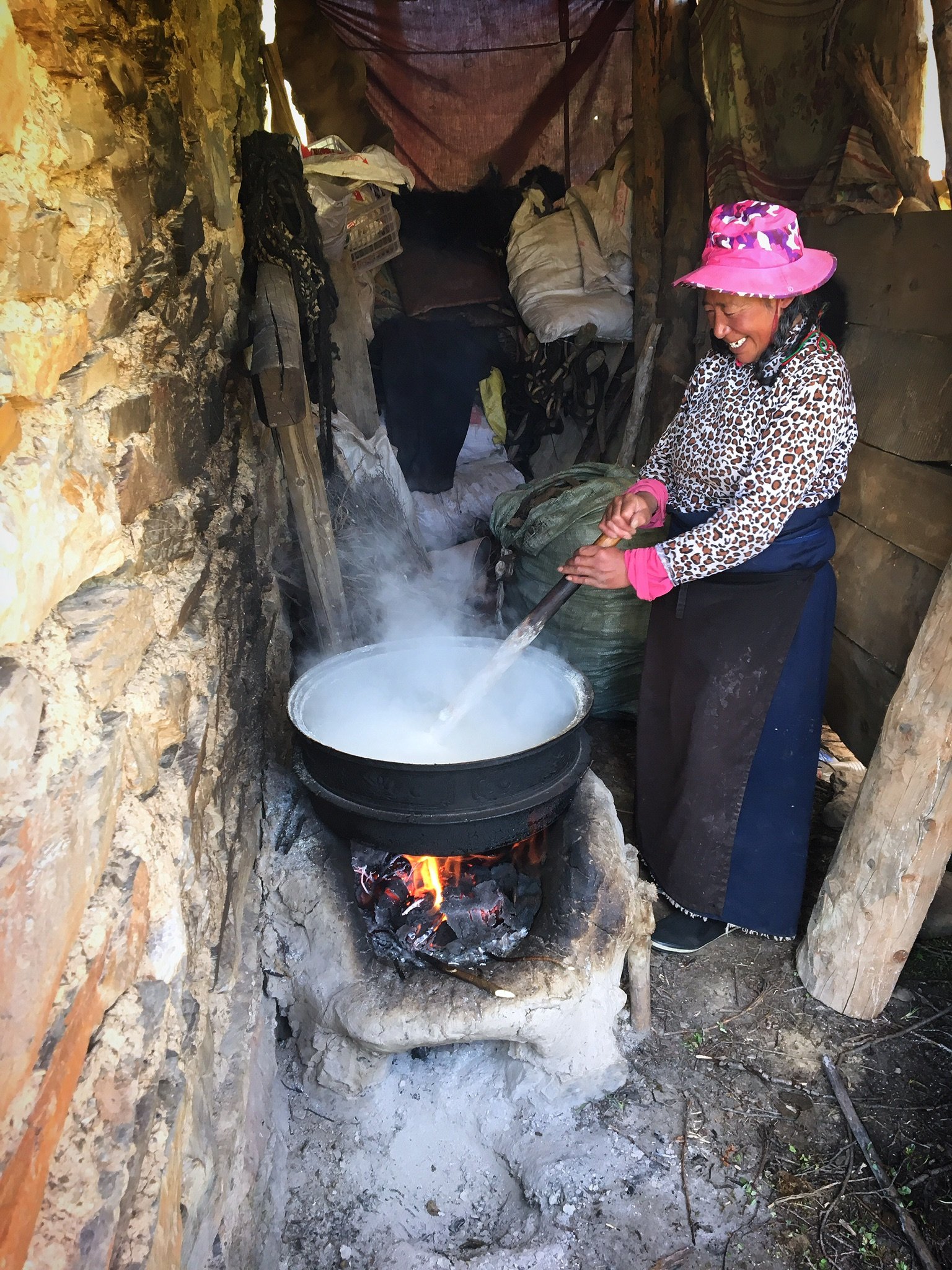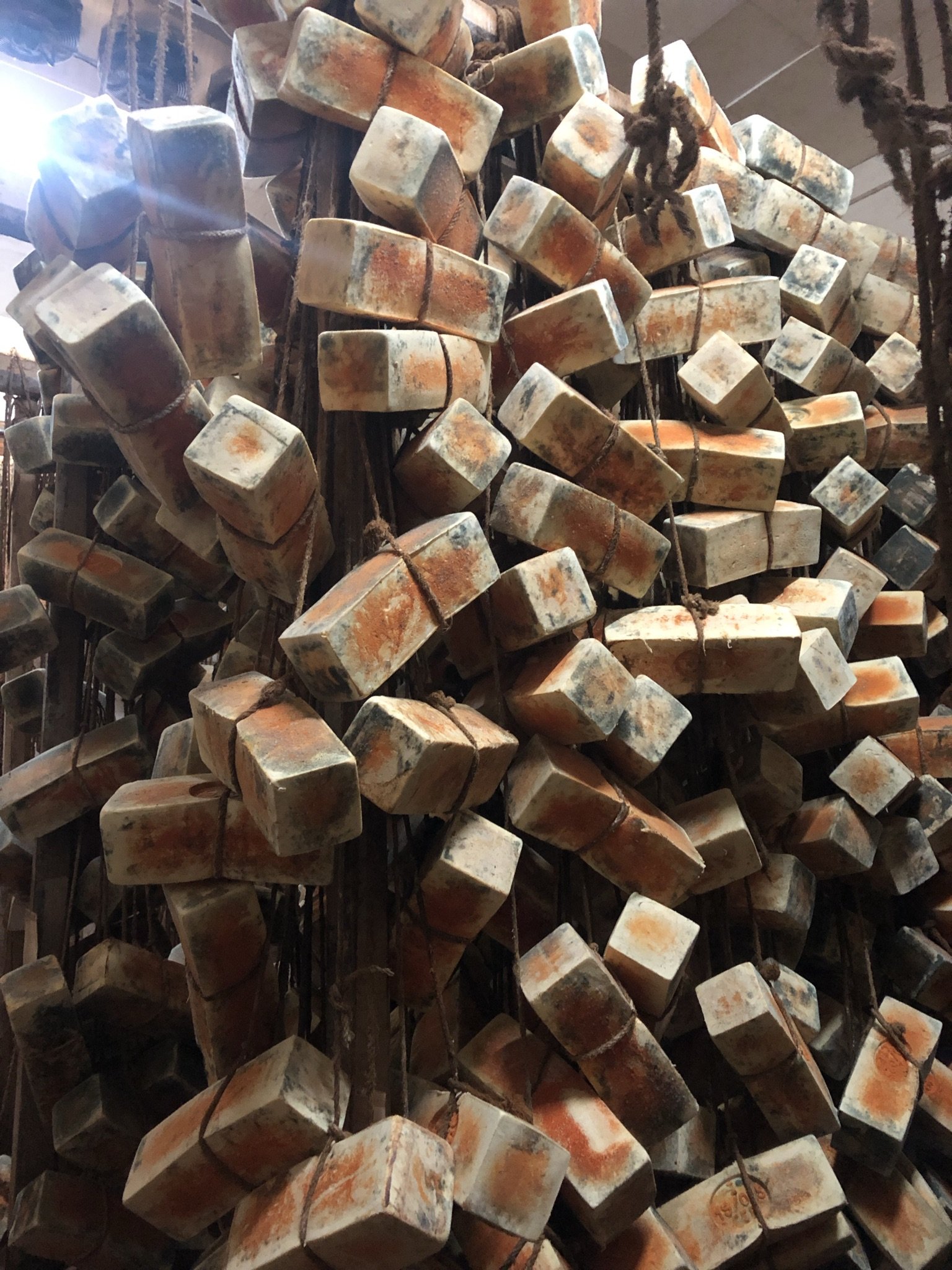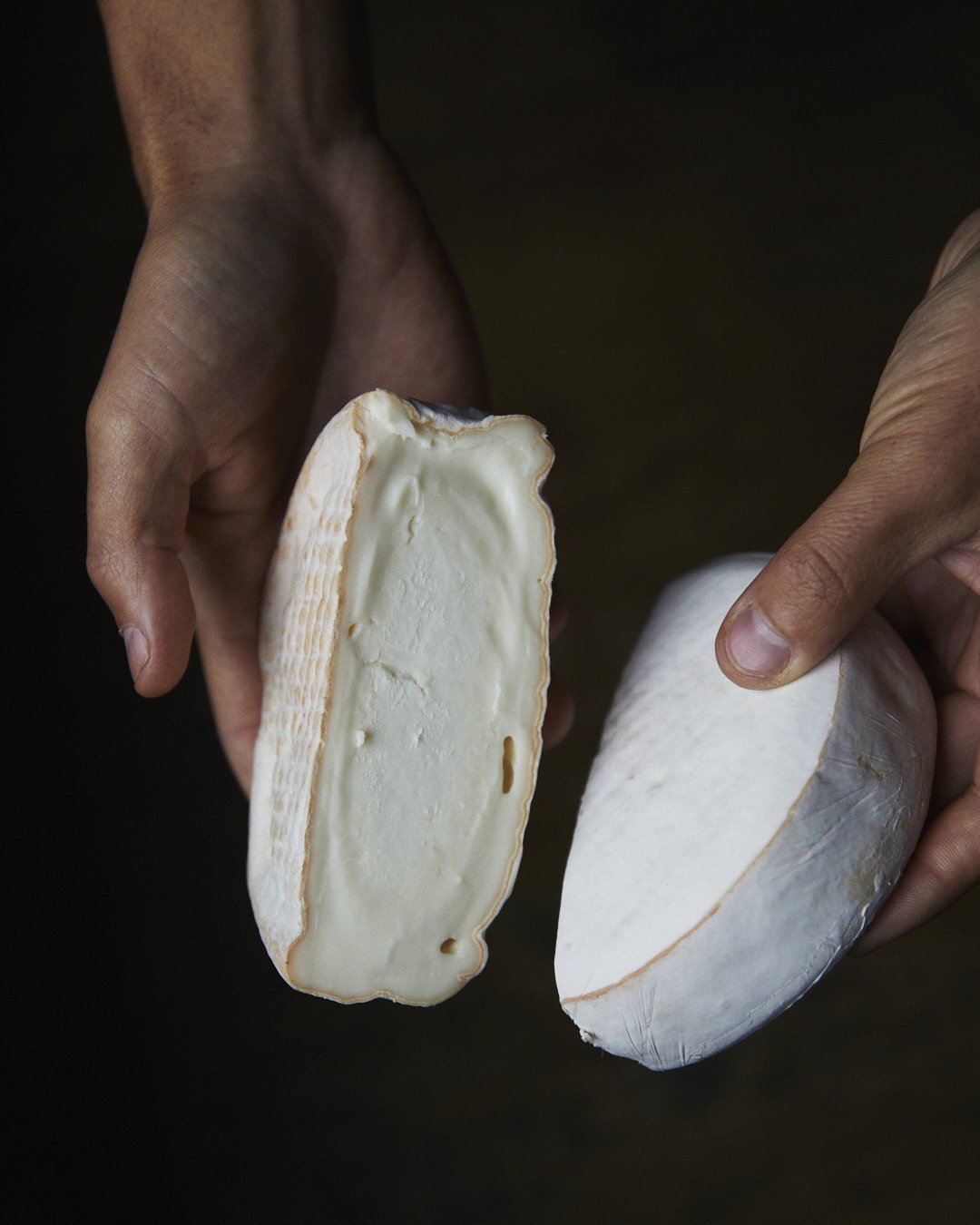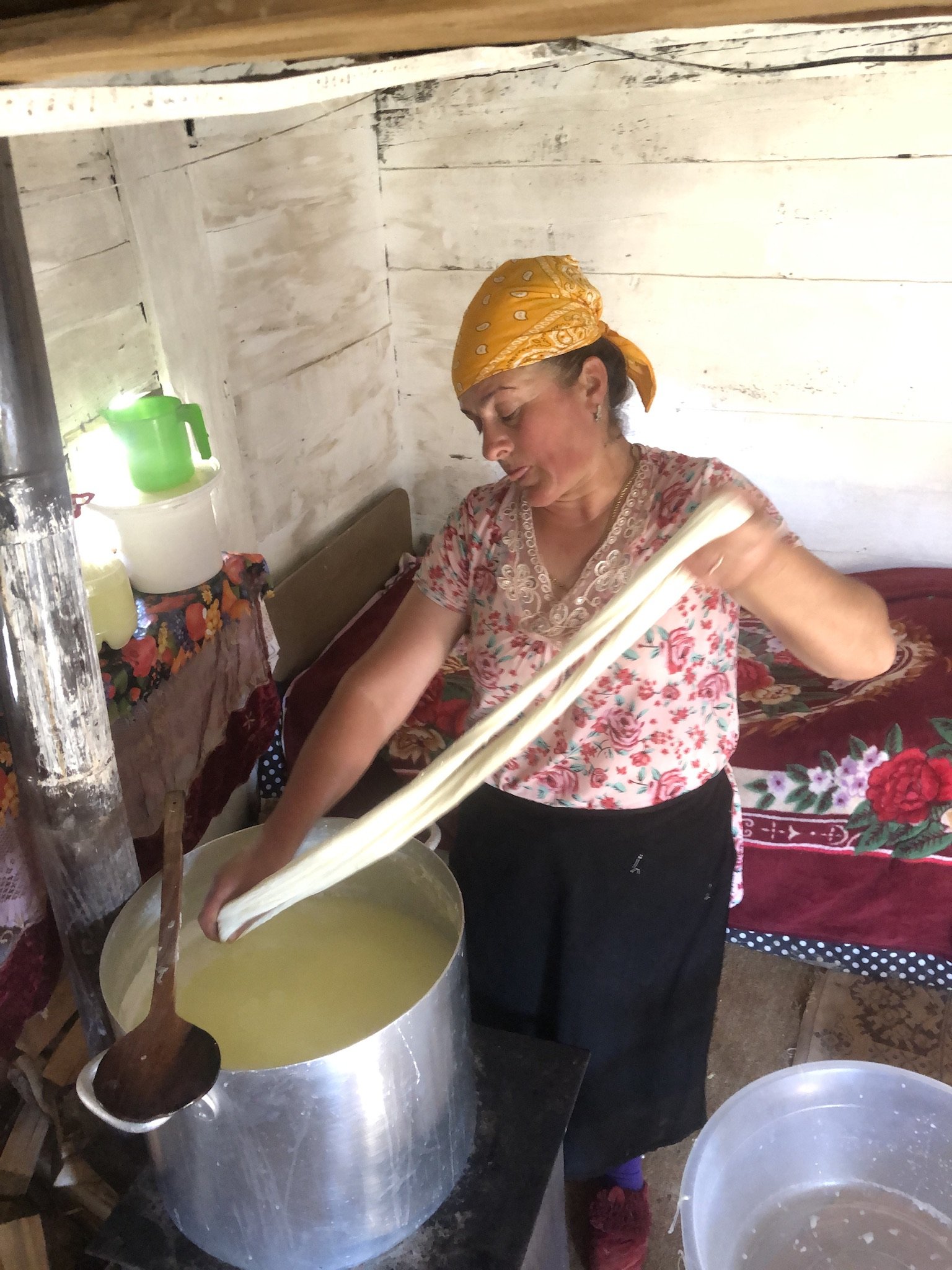I offer workshops and other events to spread my passion for natural methods of milk fermentation and cheesemaking. These methods are designed to be carried out at home, on a farm, in a restaurant, or in commercial creameries. I devised my five day workshop after spending ten years as an artisan cheesemaker in the USA. They also build on the work of David Asher and his Black Sheep School.
I have spent the last six years traveling and volunteering with cheesemakers and pastoralists in many countries, documenting their practices. My approach to the craft has been shaped by these experiences, and I will now share the insights I have gained.
The school is mobile, workshops will be held in communities where I can find hosts to organize the events. The preferred set-up is to hold them on a farm where milk is produced, with the option for students to rent a room or camp onsite. I also have published articles, which can be found here
What is Natural Cheesemaking?
Most cheeses made today are produced using milk that is fermented by commercial starter cultures bought in freeze dried packages. These are blends of milk fermenting microbes that are standardized and replicated in laboratories. Commercial starter cultures are a modern invention, and the rough equivalent of making bread with packaged yeast.
-
Of course, cheese has been made for thousands of years without these. Bread can be made with a sourdough starter, and milk can be fermented with a culture maintained by the maker, originating from raw milk itself.
By propagating these indigenous microbes, milk can be fermented into essentially any style of cheese, within the constraints of the milk source.
Just as natural wine and sourdough bread display a greater range of flavors and potential for deliciousness, naturally fermented cheeses can have a high level of depth and nuance.
In some countries milk is fermented without any additional starter. In others, whey from one batch is used to ferment the next. The method I prefer is to ferment small amounts of milk into what is called clabber, and use this to make cheese. I also teach about the use of kefir grains, and other milk ferments.

